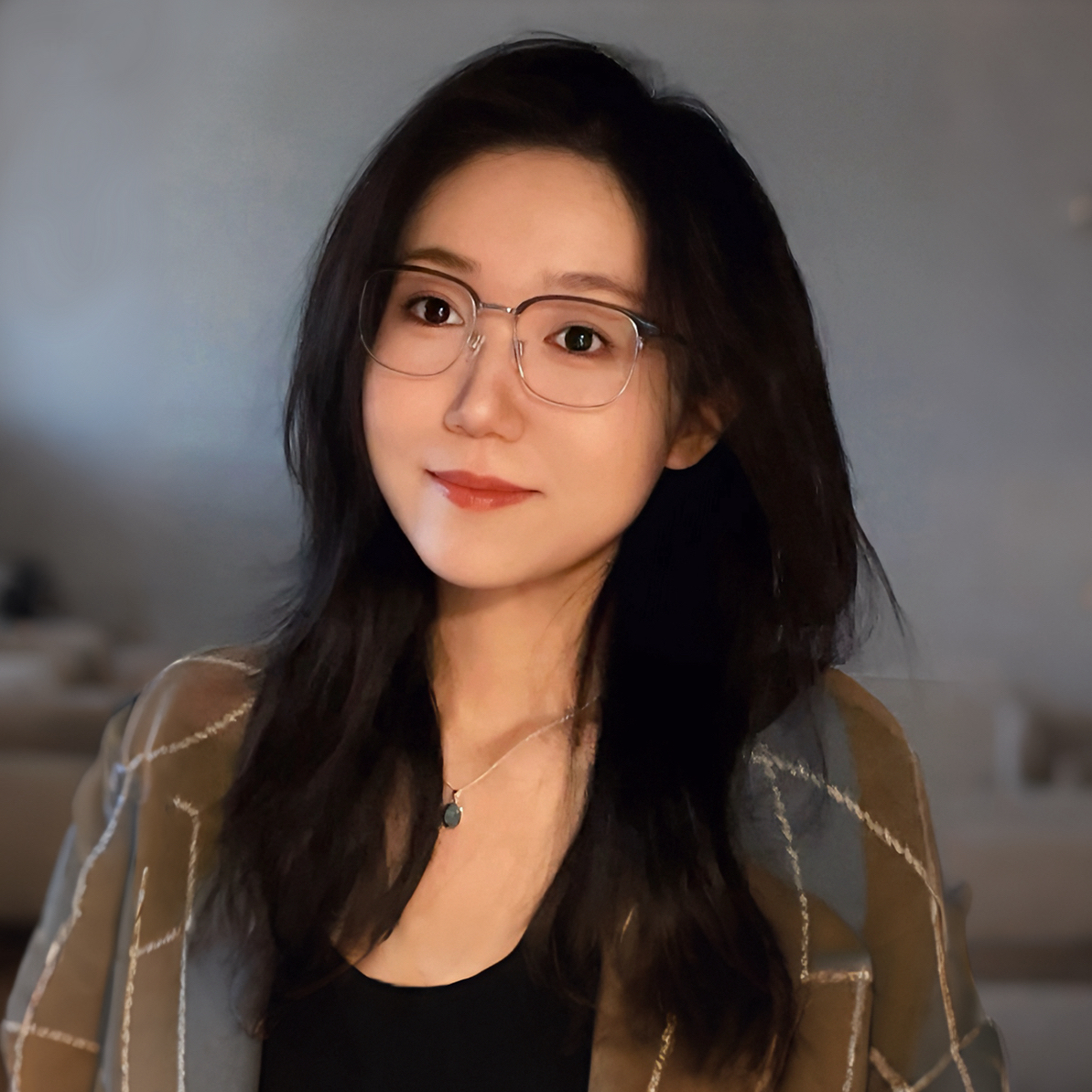What we do?
Neural Crest Induction
Embryonic induction is the process by which signals from one tissue change the fate of another adjacent tissue during development. We are interested in identifying the molecular and mechanical cues that control neural crest induction during early development
Cell migration
Cell migration isessential for development and homeostasis. Our aim is to understand the molecular signals and physical events that control cell migration in vivo. We use two of the most migratory cell types during embryo development: the neural crest and macrophages.

Cell differentiation
Cell differentiation has been mainly studied as the consequence of a genetic cascade activated by molecular signals. We would like to understand how mechanical and molecular signals interplay in controlling fate decision during cell differentiation.




.png)




.jpg)

















































